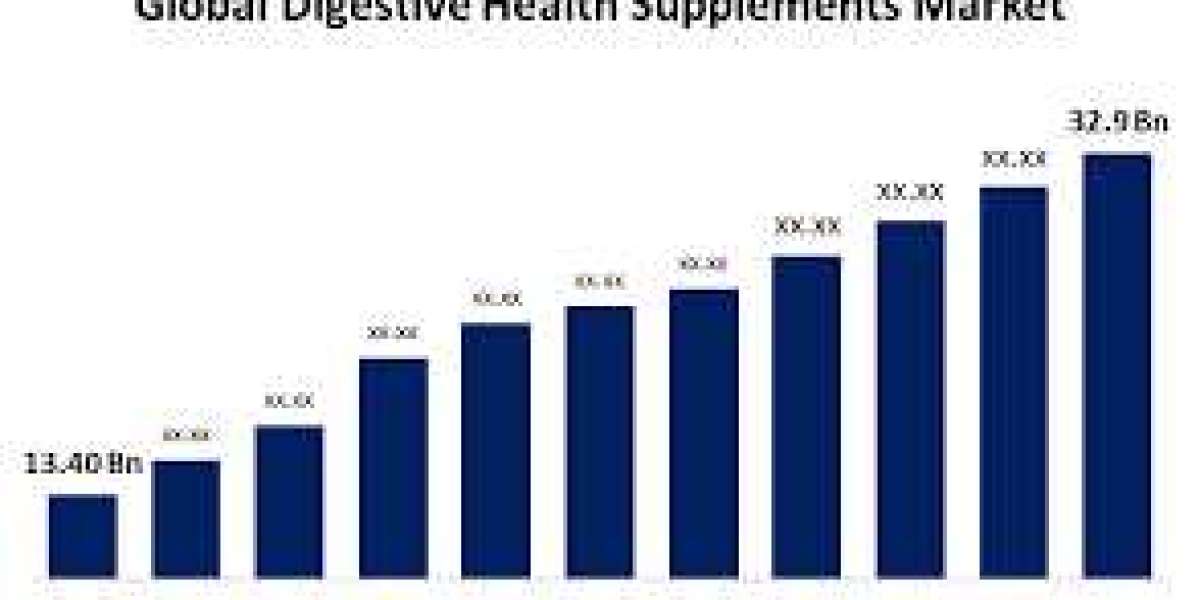Arab economies have long been synonymous with oil exports, a reliance that has introduced economic volatility due to fluctuating oil prices. Recognizing this vulnerability, many Arab nations are proactively implementing diversification strategies to foster resilience, sustainable growth, and a more balanced economic foundation.
Read Full Report: https://themiddleeastleaders.com/diversification-strategies-of-arab-economies/
The Imperative for Diversification
The dependence on a single income source, particularly non-renewable resources like oil, renders national economies susceptible to market instabilities. To achieve enduring prosperity, economic diversification is essential. It enhances institutions, elevates residents' quality of life, and boosts a nation's overall appeal. The Gulf Cooperation Council (GCC) members, aiming to maintain high living standards for future generations, are intensifying efforts to diversify their economies
Technology and Innovation Hubs
Investing in technology and innovation is a cornerstone of diversification. Countries like the United Arab Emirates (UAE) and Saudi Arabia have established free zones and innovation clusters to attract global tech companies and nurture local startups. Initiatives such as Dubai's 'Smart Dubai' and Saudi Arabia's 'Vision 2030' underscore a commitment to fostering innovation-driven economies. For instance, the Dubai Silicon Oasis (DSO) has evolved into a thriving technology park, hosting companies like HP, Schneider Electric, and Oracle.
Economic Challenges and Global Dynamics
The Arab world faces significant economic challenges, including demographic pressures, youth unemployment, and the need for infrastructural development. Global dynamics, such as the transition to renewable energy, compel Arab nations to reconsider their economic structures. Diversification strategies offer pathways to economic transformation and inclusive development. For example, Qatar's expenditure on education as a percentage of GDP was 2.8% in 2019, reflecting investments in human capital to support diversification. Additionally, the King Abdullah University of Science and Technology (KAUST) in Saudi Arabia stands as a leading research institution driving innovation.
Renewable Energy Initiatives
The global shift towards sustainability has prompted several Arab countries to invest in renewable energy sources. With abundant sunlight, wind, and open spaces, nations like the UAE and Morocco are leading in solar and wind energy projects. These initiatives contribute to environmental sustainability and provide avenues for economic diversification. The UAE boasts the highest solar capacity per capita globally, with 1,900 watts per person. Similarly, the Noor Solar Complex in Morocco is one of the world's largest concentrated solar power plants, advancing the country's renewable energy goals.
Tourism and Hospitality Expansion
The tourism sector is a key focus for diversification in many Arab economies. Recognizing their cultural and historical treasures, countries like Egypt, Jordan, and Oman are investing in tourism infrastructure. Mega-projects, such as Saudi Arabia's NEOM and the Red Sea Project, aim to transform these nations into premier tourist destinations, diversifying revenue streams and creating jobs. The contribution of travel and tourism to Saudi Arabia's GDP is projected to rise by 3.9% annually from 2021 to 2030, indicating a strategic move towards a more diversified economy.
Agricultural and Food Security Initiatives
Addressing food security concerns, Arab countries are investing in agricultural initiatives. Vertical farming, aquaculture, and sustainable agriculture practices are gaining traction. Initiatives like the Qatar National Food Security Program and the UAE's National Food Security Strategy aim to enhance self-sufficiency and reduce reliance on food imports. For instance, the Qatar National Food Security Program targets self-sufficiency in dairy and poultry production by 2023.
Cultural and Creative Industries
Recognizing the value of cultural and creative industries, Arab nations are investing in arts, media, and entertainment. Initiatives like Dubai Design District (d3) and various film festivals across the region promote local talent and attract global attention. These ventures contribute to economic diversification and showcase the rich cultural tapestry of the Arab world. Dubai Design District (d3) has become a hub for creative industries, attracting designers, artists, and entrepreneurs.
Case Studies: Saudi Arabia and the UAE
Saudi Arabia's Vision 2030 has driven significant economic transformation, catalyzing growth in sectors such as tourism, real estate, entertainment, technology, and finance. Projects like NEOM envision a futuristic city as a global innovation and sustainability hub. The Regional Headquarters (RHQ) Programme encourages multinational corporations to establish their headquarters in the country, with incentives like eligibility for government tenders. These initiatives have led to non-oil activities accounting for a record 50% of Saudi Arabia's real GDP.
In the UAE, longstanding diversification efforts have positioned cities like Dubai and Abu Dhabi as international business hubs with renowned infrastructure and a business-friendly environment. The UAE's non-oil business activity has been bolstered by sectors such as real estate, tourism, finance, and technology. The country's non-oil activity currently accounts for an impressive 70% of its GDP.
Conclusion
Arab economies, through strategic diversification, are not only adapting to change but actively shaping their futures. By investing in technology, renewable energy, tourism, agriculture, and cultural industries, these nations are building more resilient and sustainable economic foundations. The experiences of Saudi Arabia and the UAE serve as models for the region, demonstrating the tangible benefits of comprehensive diversification strategies. As these initiatives continue to evolve, they will likely have lasting impacts on the economic landscapes of the Arab world and beyond.


